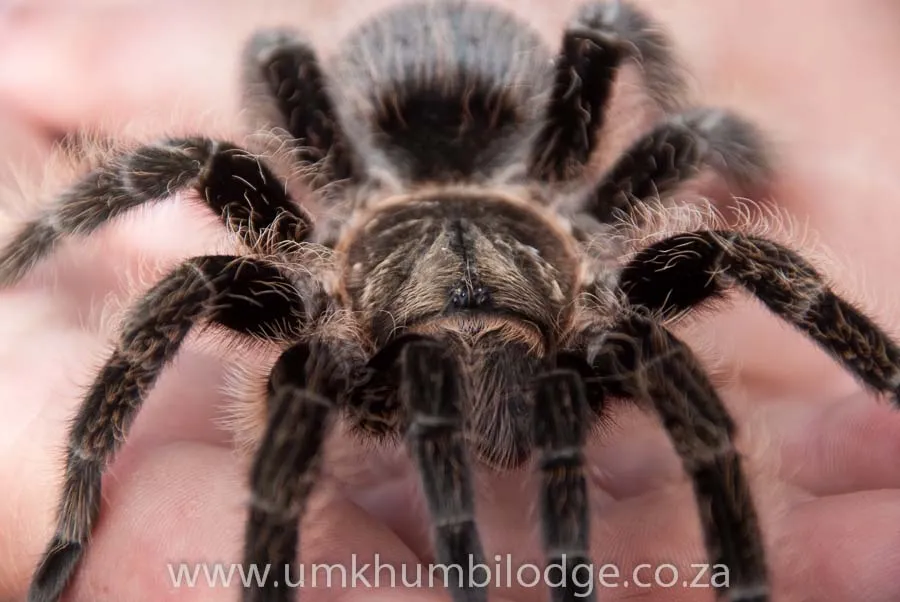Choosing Your Curly Hair Tarantula
Bringing home a Curly Hair Tarantula ( Tliltocatl albopilosus ) can be an exciting experience. These docile and beautiful creatures make relatively easy pets for beginner arachnid enthusiasts. Before you even think about setting up an enclosure, the most crucial step is selecting a healthy tarantula. This lays the foundation for a long and fulfilling relationship with your new pet. Remember, a healthy start is key to a healthy life for your curly hair tarantula. This guide outlines how to choose and care for your spider, ensuring you provide the best possible environment for it to thrive and flourish.
Selecting a Healthy Tarantula
When choosing a curly hair tarantula, observe it carefully. Look for an active spider that moves with purpose. Avoid tarantulas that appear lethargic or uncoordinated. If possible, ask the breeder or pet store for information about the tarantula’s feeding habits. A tarantula that readily eats is a good sign of its health. Also, ask if the tarantula has recently molted. Newly molted tarantulas are more vulnerable, so it is generally better to opt for one that has had a few weeks to acclimate after a molt.
Signs of a Healthy Tarantula
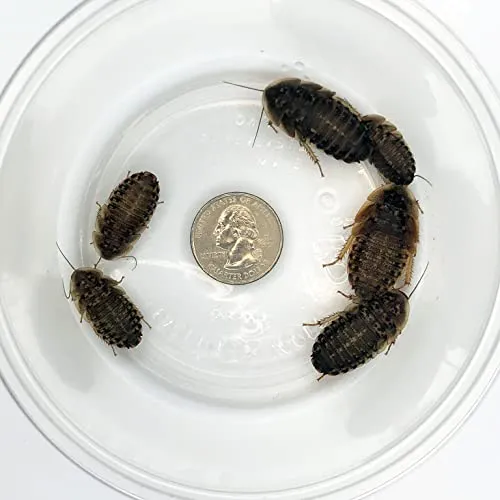
A healthy Curly Hair Tarantula has a plump abdomen, which indicates it’s well-fed and hydrated. Its fangs should be intact, and its legs should be sturdy and without any signs of damage or missing limbs. Check for any parasites or unusual growths. The presence of mites or other pests is a red flag. The spider should be alert and responsive to its environment. Observe the tarantula for a few minutes to ensure it’s showing normal behavior. Additionally, look at the pedipalps. Healthy pedipalps are used for manipulating food and sensing the environment.
Setting Up the Perfect Enclosure
Once you have chosen your curly hair tarantula, it’s time to set up its habitat. A proper enclosure is vital for your tarantula’s well-being. The enclosure should provide a safe, comfortable environment, mimicking the tarantula’s natural habitat. The size, substrate, and temperature all need to be taken into consideration to set up the perfect enclosure. Creating the right environment is key to providing a healthy home for your tarantula and making it feel safe.
Choosing the Right Tank Size
The size of the enclosure depends on the tarantula’s size. A good rule of thumb is to provide an enclosure that is approximately three times the tarantula’s leg span in length and width. For a juvenile Curly Hair Tarantula, a 5-gallon tank or a container of similar size works well. As it grows, you’ll need to upgrade to a larger enclosure, perhaps a 10-gallon tank or bigger. Always ensure the enclosure has a secure, well-fitting lid to prevent escape. Tarantulas are escape artists, and a secure lid is necessary for their safety.
Substrate and Decor for your Tarantula
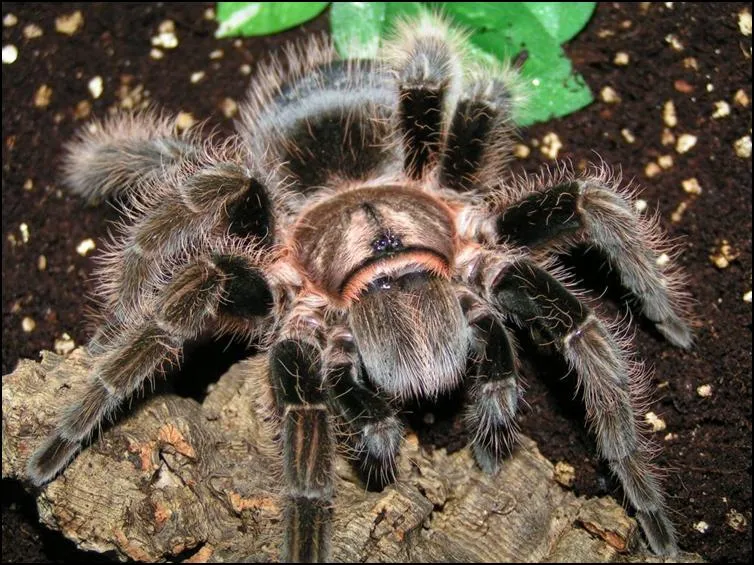
The substrate is the material that lines the bottom of the enclosure. For Curly Hair Tarantulas, a substrate that retains moisture and allows for burrowing is ideal. A mix of peat moss, coconut fiber (coco coir), and a little bit of vermiculite makes an excellent substrate. The substrate should be deep enough to allow the tarantula to burrow. Add about 4 to 6 inches of substrate. Add a hide, such as a piece of cork bark, a hollow log, or a commercially available tarantula hide. This provides a safe retreat for your tarantula. Also, include a shallow water dish with fresh water. The water dish should be shallow enough to prevent drowning.
Maintaining Temperature and Humidity
Curly Hair Tarantulas thrive in a temperature range of 75 to 85°F (24 to 29°C). You can use a heat mat or a low-wattage heat lamp to maintain the correct temperature. Place the heat source on the side of the enclosure, rather than underneath, to prevent the tarantula from getting too hot. The humidity level should be around 60-70%. You can measure this with a hygrometer. You can maintain humidity by misting the enclosure lightly with water every few days. Avoid oversaturating the substrate, as this can lead to mold and other issues. Proper temperature and humidity are essential for the tarantula’s health and molting process.
Feeding Your Curly Hair Tarantula
Feeding your Curly Hair Tarantula is a straightforward process. They are opportunistic feeders and will typically eat any appropriately sized insects. The key is to provide a varied diet and avoid overfeeding. Providing the right food is key for the health and growth of your tarantula. Always be mindful of the tarantula’s size when it comes to food, and be careful to avoid overfeeding, and the possibility of any uneaten food being left in the enclosure.
What to Feed Your Tarantula
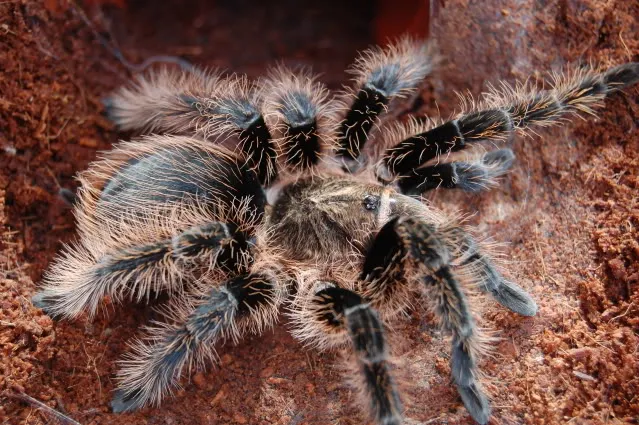
The primary diet for Curly Hair Tarantulas consists of insects. Crickets, mealworms, and dubia roaches are excellent choices. The size of the food should be appropriate for the size of your tarantula. As a general rule, the prey should be no larger than the tarantula’s body. Avoid feeding your tarantula insects that have been exposed to pesticides or chemicals. You can also feed your tarantula pre-killed prey, especially if you are concerned about the tarantula’s safety or the escape of live insects. Make sure to remove any uneaten prey within 24 hours to prevent mold growth.
Feeding Frequency and Portion Size
Juvenile Curly Hair Tarantulas should be fed more frequently than adults. Feed juveniles two to three times a week, providing one or two appropriately sized insects each feeding. Adult tarantulas can be fed once a week or even less often. Observe your tarantula’s abdomen; if it looks plump, it’s well-fed. Avoid overfeeding, as this can stress the tarantula. Remove any uneaten prey after 24 hours. The Curly Hair Tarantula will often refuse food when it’s approaching a molt. Do not be alarmed if your tarantula stops eating for a few weeks. Make sure to keep a supply of fresh water always available.
Watering Your Tarantula
Providing fresh water is just as important as providing food. Water is essential for hydration, and it aids in the molting process. Maintaining the right hydration levels is another key step in providing the best care to your tarantula. Always make sure that your spider has access to clean water, as this is vital for their health. In addition to providing fresh water, you need to maintain the humidity level in the enclosure.
Providing Fresh Water
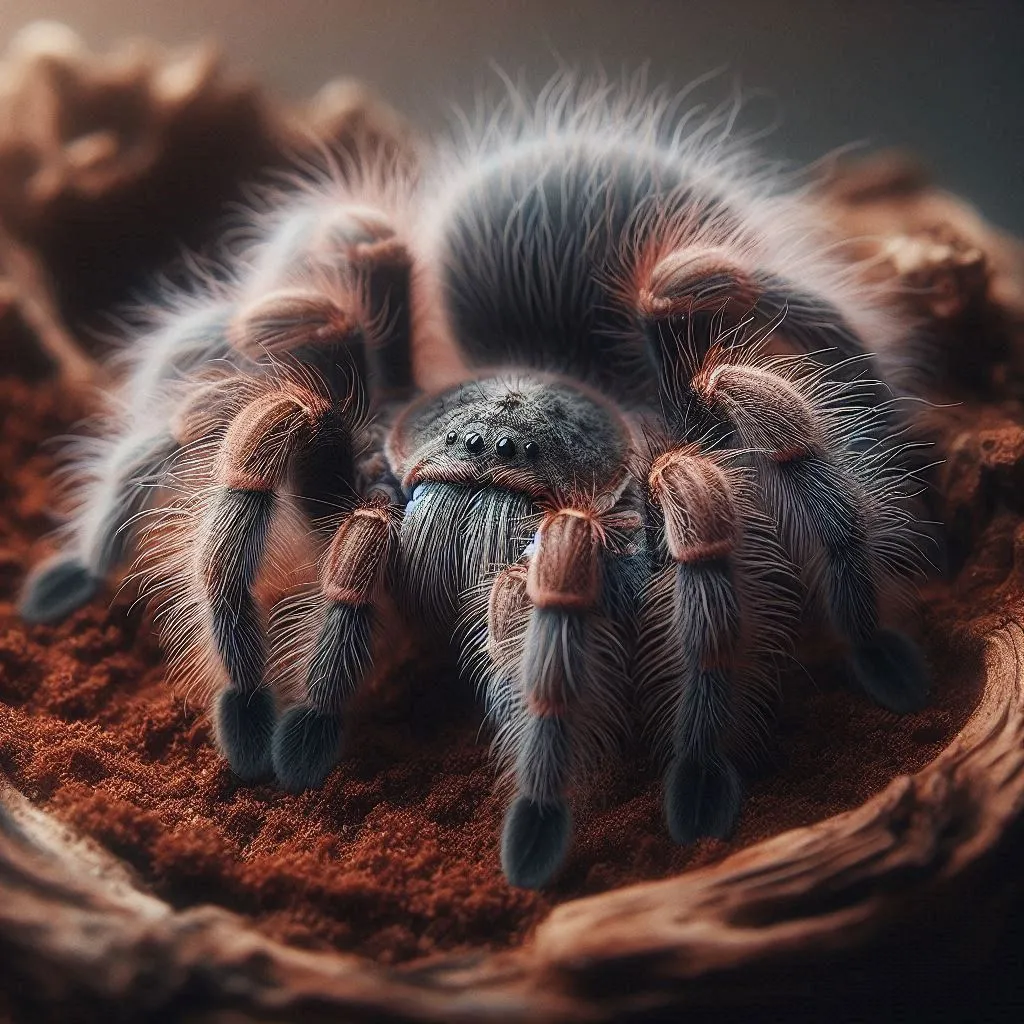
Always provide a shallow water dish with fresh, clean water. The water dish should be accessible but not so deep that the tarantula could drown. A bottle cap or a shallow dish designed specifically for tarantulas works well. Change the water in the dish every few days to prevent bacterial growth. Ensure the water dish is stable and won’t tip over easily. The water dish should be placed in a location where the tarantula can easily access it. This is extremely important during and after molting, as it helps in the rehydration process.
Misting for Humidity
In addition to the water dish, you can mist the enclosure with water every few days to maintain the correct humidity level. Use a spray bottle filled with dechlorinated water. Mist one side of the enclosure, allowing the substrate to absorb the water. Avoid oversaturating the substrate, as this can lead to mold or other problems. Monitor the humidity level with a hygrometer. The humidity should be around 60-70%. Maintaining the appropriate humidity levels is critical, as this helps the tarantula to properly molt. Be careful to avoid mold, so a good airflow within the enclosure is necessary.
Handling and Safety Precautions
Curly Hair Tarantulas are known for being relatively docile, but it’s crucial to handle them with care. Avoid handling your tarantula unless absolutely necessary, as it can stress the animal. While not as venomous as some other tarantula species, their bite can still be painful, and the urticating hairs can cause irritation. It’s important to approach handling with caution. Minimize unnecessary handling, and always handle your tarantula in a safe environment where it cannot escape or fall.
Safe Handling Techniques
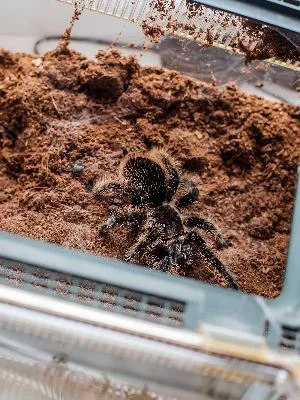
If you need to handle your tarantula, do so slowly and gently. Approach the tarantula from the side, and allow it to walk onto your hand. Avoid sudden movements, and never grab the tarantula. Always handle the tarantula over a soft surface, such as a bed or a carpet, in case it falls. Be mindful of the tarantula’s urticating hairs, which are barbed hairs that the tarantula can flick off its abdomen as a defense mechanism. Avoid touching the tarantula’s abdomen, as this is where the urticating hairs are located. Wash your hands thoroughly after handling your tarantula. Use gloves if you prefer, but remember that handling is always at your own risk.
Understanding Tarantula Behavior
Observe your tarantula’s behavior to understand its mood. If the tarantula is defensive, it may raise its front legs, flick its urticating hairs, or display its fangs. These are signs that it feels threatened and should be left alone. A tarantula that is relaxed will typically sit still or slowly move around its enclosure. Always be patient and respectful of your tarantula’s space. Never force interaction. Observe the tarantula from a distance and learn its habits. Get familiar with the signs of molting, as this is a particularly vulnerable time.
Recognizing Molting
Molting is a natural process where tarantulas shed their exoskeleton to grow. It’s a crucial stage in their life cycle. Understanding the signs of molting helps you provide the necessary care and avoid unnecessary disturbance. Knowing what to expect and providing a safe environment are vital to the tarantula’s well-being and successful molt. The molting process can be stressful, so it’s crucial to create a secure environment for the tarantula.
What to Expect During Molting
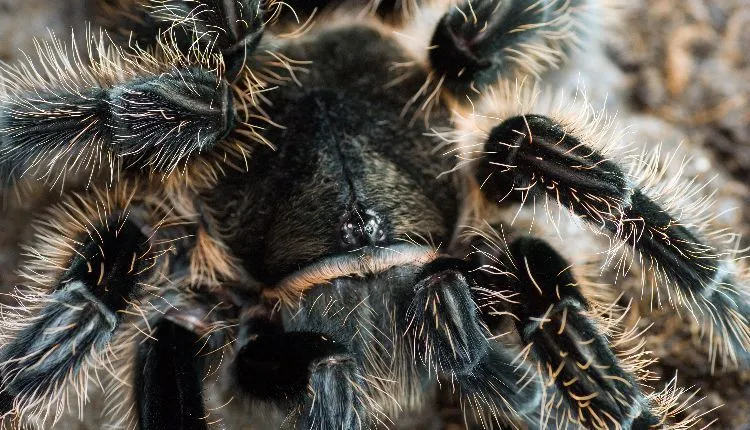
Before molting, the tarantula may stop eating and become less active. The abdomen may appear darker and swollen. The tarantula may also build a web mat or lay on its back. This is normal behavior. Avoid disturbing the tarantula during this time. Molting can take several hours or even days, depending on the tarantula’s size and age. During the molt, the tarantula will lie on its back and gradually shed its exoskeleton. The new exoskeleton will be soft and vulnerable. Do not handle or feed your tarantula until its new exoskeleton has hardened, usually a week or two after the molt.
Providing a Safe Molting Environment
Make sure the enclosure is calm and undisturbed during the molting process. Avoid vibrations or loud noises. Increase the humidity slightly by misting the enclosure. Provide a shallow water dish. After the molt, leave the old exoskeleton in the enclosure for a few days. The tarantula may consume it to regain nutrients. Do not feed the tarantula until its fangs have hardened, usually about a week or two after the molt. Monitor the tarantula for any signs of problems, such as difficulty molting or injuries. A safe environment reduces stress and increases the chances of a successful molt.
Health and Common Issues
Like any pet, Curly Hair Tarantulas can encounter health issues. Recognizing these problems early and taking appropriate action can make a huge difference in your tarantula’s health. Prevention through proper care is key to maintaining a healthy tarantula. Regular observation and proactive measures help ensure a long and healthy life for your pet. Keep in mind, if you’re concerned about your pet’s health, always consult with an experienced tarantula keeper or a veterinarian who has experience with arachnids.
Identifying Common Health Problems
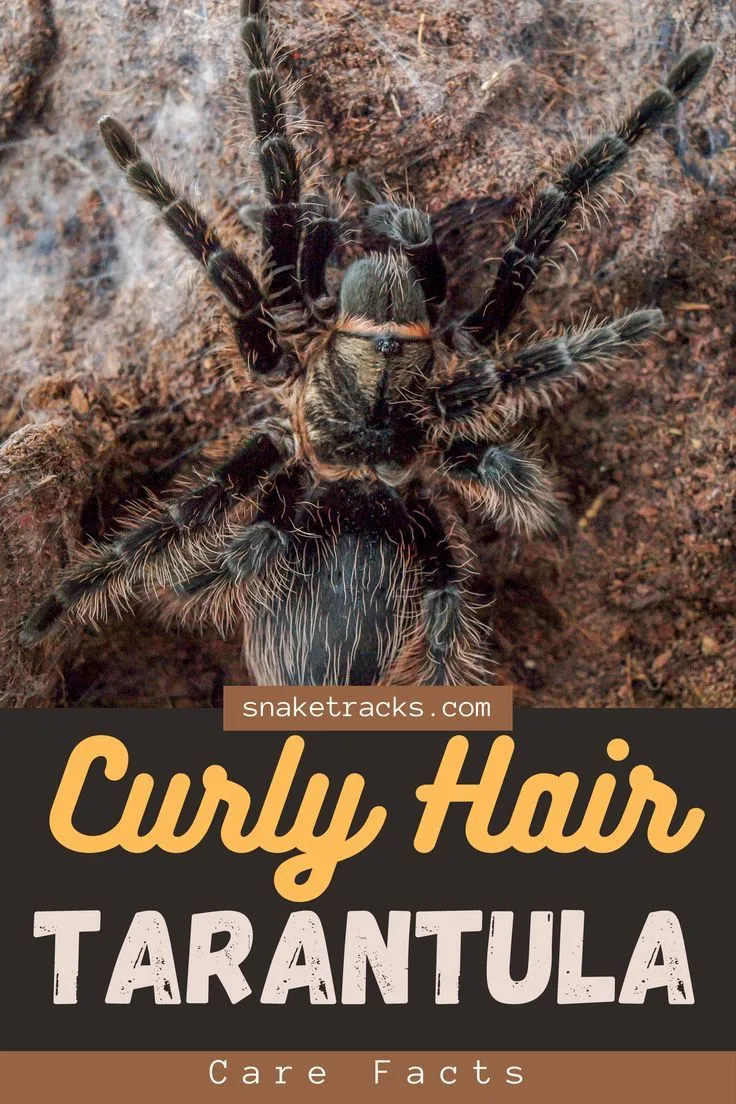
Look for signs of illness, such as lethargy, loss of appetite, or unusual behavior. Other signs include a swollen abdomen, which can indicate a problem, or the presence of mites or other parasites. Mites can be a common issue and can often be seen as small, moving specks on the tarantula or in the enclosure. Respiratory infections are another possible issue. These can be indicated by a tarantula that appears sluggish or has difficulty moving. If you suspect a health problem, isolate the tarantula and seek advice from an experienced tarantula keeper or a veterinarian who has experience with arachnids. Some issues can be quickly resolved, while others may require more intensive care.
Preventative Care and Maintenance
Preventative care is crucial for maintaining your tarantula’s health. Regularly clean the enclosure, removing any uneaten food or waste. Change the substrate every few months. Provide a varied diet and ensure the tarantula is getting adequate hydration. Monitor the temperature and humidity levels. Observe your tarantula regularly for any signs of illness or distress. Avoid using harsh chemicals or pesticides near the enclosure. If you’re adding new decor, ensure that it is clean and non-toxic. Regular observation and prompt action can often prevent minor issues from becoming serious problems.
